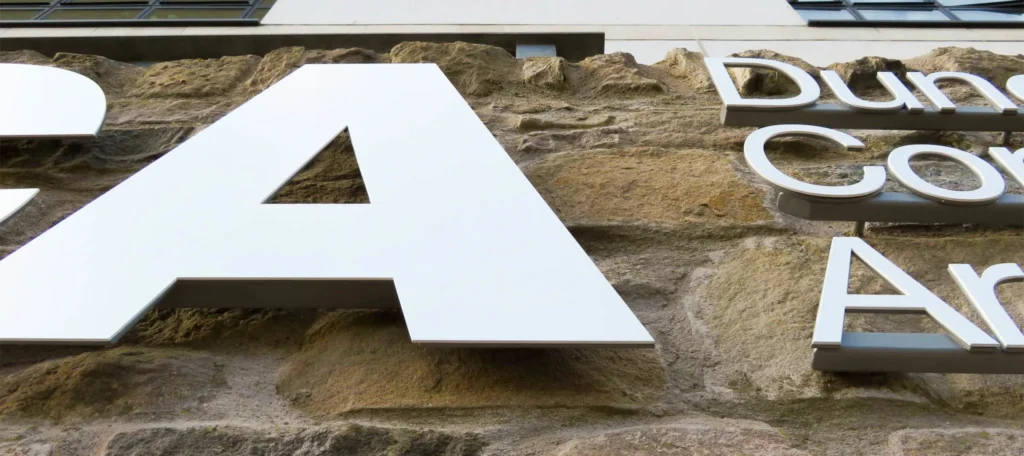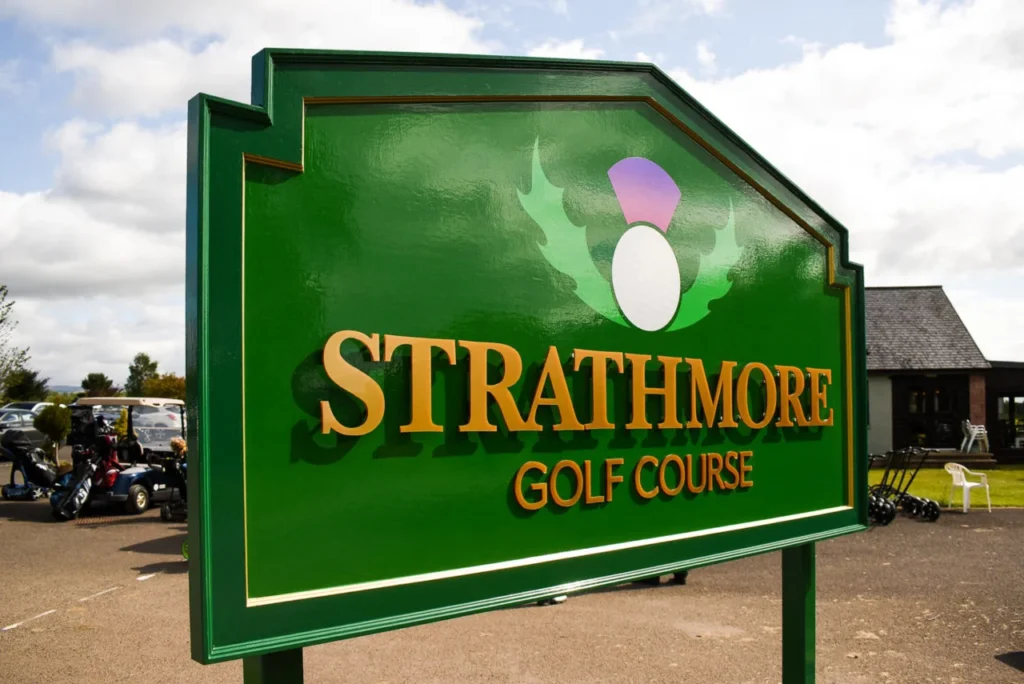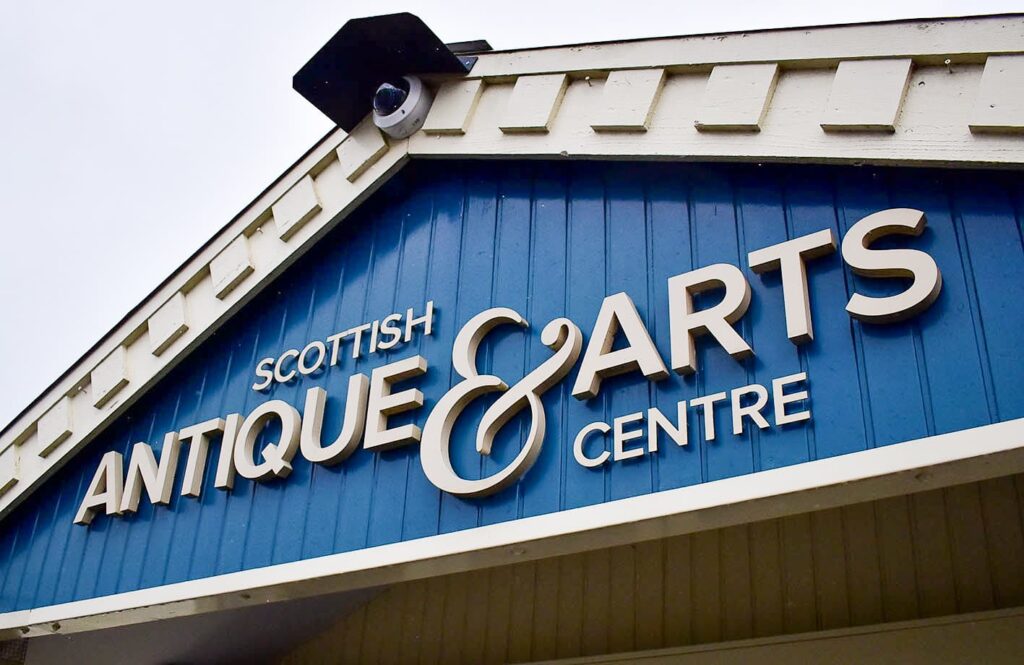Increase the visibility and efficacy of your sign by following this process.
Your sign may be for advertising or persuasion; information or direction; safety, or simply aesthetics. What you expect the sign to do for you will then determine the product, the visual design, and cost.

Walk or drive past the sign’s potential location and decide where the most appropriate position will be.
The size of your sign can be determined once you’ve decided on the most suitable location for your sign. Think about the necessary information only which you want the sign to display. How large will the information have to be for ease of readability at distance?

In most circumstances, replacing like for like signage on your premises does not require planning permission. If you’re unsure, always seek advice from your landlord or local authority.
Signage in or around newly built properties, on pavements and roadsides, freestanding and fixed to poles or framework, or within a conservation area, may require planning consent. Illuminated or dimensional signs and structural signage may also require permission.
Contact me to discuss scaled artwork, diagrams, installation methods and samples of materials.

Include vital information only on your sign. Think how billboards grab your attention and the brief time your audience may have to absorb your message.
Summarise what you want to communicate. Remove visual clutter. Use a short amount of bullet points if you feel listing services or products is essential.
Tell your audience to visit your website or social channels. If they’re interested, they’ll have more time to understand what you have to offer.
Make your words or image enticing to the reader. Consider how your sign will become distinctive.

Once you know the location, dimensions, quantity and message, you’ve already saved costs attached to your signage order.
If your sign is for commercial purpose, it’s a part of your brand’s visual identity. If your brand doesn’t have a visual identity, it’s time to create one.
Be objective. Put yourself in the shoes of your potential customer and think how the graphic design will be perceived.
What do you want your potential clients to feel when they look at your sign?
You can also consider dimensional features as well as the shape of your sign. Extra ordinary helps in making the sign more prominent and adds impact.

There are a multitude of materials, sheet sizes and thicknesses, colours and finishes to choose from.
Ask your signmaker for the most appropriate material for your project.
3mm thick aluminium composite is the most widely used and cost efficient rigid substrate for exterior signage and display.
The material is manufactured in sheet sizes at 2440mm by 1220mm, 2550mm by 1250mm, 3050mm by 1500mm, 3050mm by 2m, and 4m by 2m (the latter is not as widely available).
Wherever possible, try to keep your sign panel(s) size within sheet material sizes.
For example; if you decide to make two wall signs at 1300mm by 1300mm, you will require one 3050mm by 1500mm sheet. If you can reduce the wall signs to 1250mm by 1250mm without any detrimental effect to the signs’ impact, you can purchase a smaller sheet for slightly less cost.
When you seek larger quantities of sign panels, working within sheet material sizes can significantly reduce costs as well as excess offcuts.

Accurate information will avoid additional labour from your signmaker and inevitably lessen the overall cost of your project.
Ask your signmaker questions about the efficacy of the product; the installation method; the longevity; the re-use possibilities and lead time for your project.
The answers may help you choose which is the best option for your objectives and your budget.

Plan for maintenance of your newly purchased signs. Exterior signage will require regular cleaning, especially in busy traffic environments. Regular cleaning will help to keep the sign looking newer for longer.
Ask your local window cleaner if they are interested in maintaining your signs too.
Looking for a signmaker in Dundee? Get in touch to find out more.